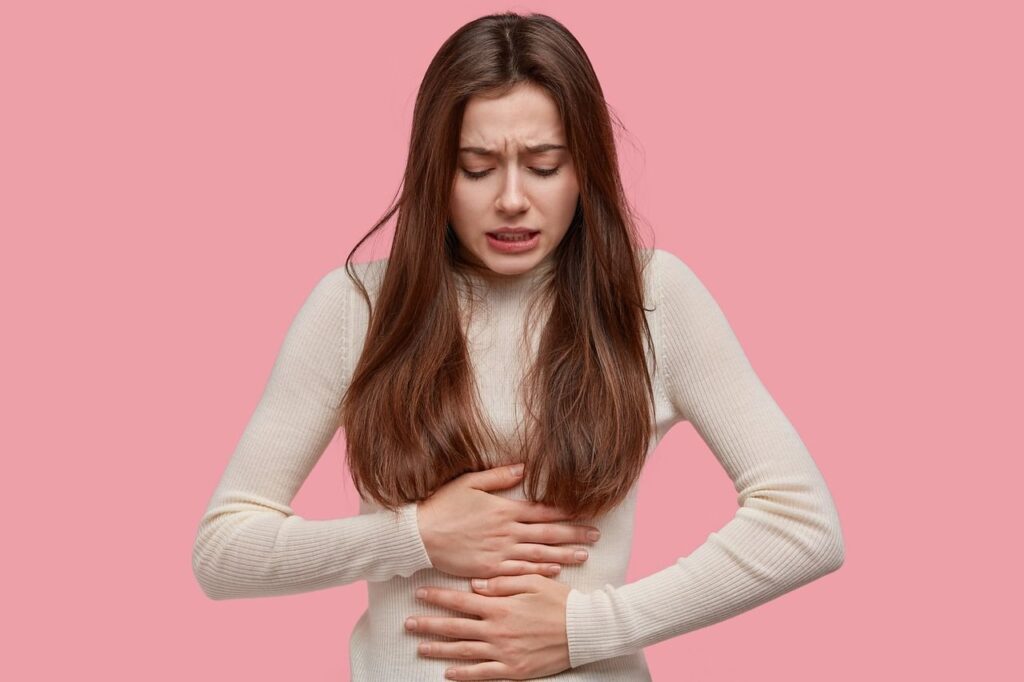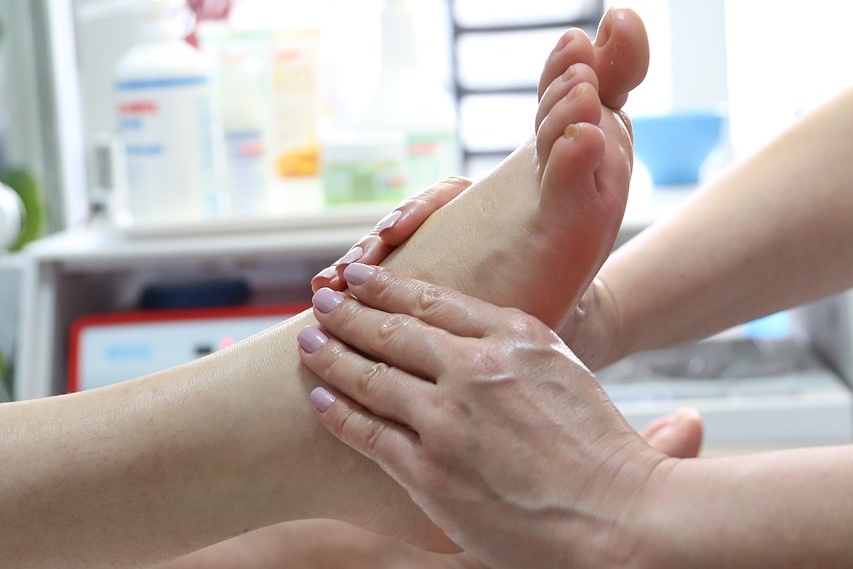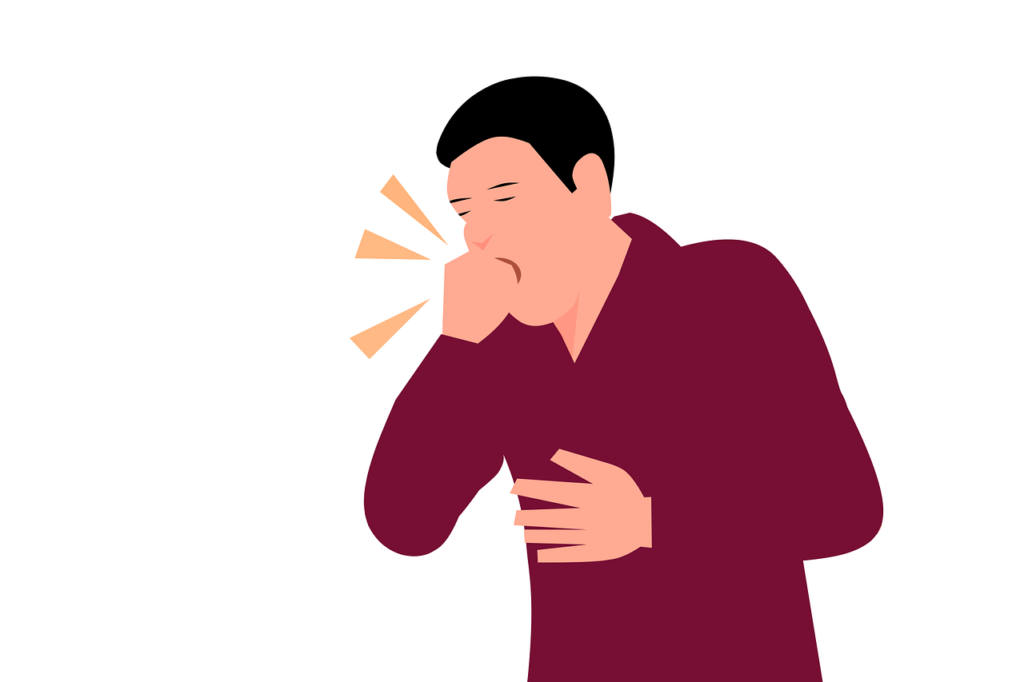Siddha medicine, a traditional Indian system of medicine, plays an important role in women’s health. It offers solutions not only for problems arising in various life stages like puberty, pregnancy, childbirth, and menopause but also for related diseases like menstrual pain. Today, we’ll focus specifically on menstrual pain (dysmenorrhea) in women.
Understanding Dysmenorrhea
Dysmenorrhea, also known as painful periods, is a common condition affecting women during menstruation. While some women can easily tolerate it and perform daily tasks without difficulty, others experience severe pain that makes even basic activities challenging. When this pain significantly disrupts a woman’s ability to comfortably perform daily tasks, it is called dysmenorrhea.

Symptoms
Most women experience lower abdominal cramping pain, pelvic pain, and pain in the inner thighs during menstruation. Some also experience abdominal discomfort like indigestion, flatulence, nausea, vomiting, diarrhea, fatigue, and headaches.
Causes
While the exact cause of dysmenorrhea is unknown, it is often linked to hormonal fluctuations and prostaglandin production.
Other contributing factors include:
- Anemia
- Excessive contraction of the uterus and pelvic muscles
- Infections and inflammation of the uterine organs
- Abnormal functioning of endocrine glands
- Ovarian tumors and cysts
- Pelvic floor muscle infections
- Short cervix
- Endometriosis
- Uterine fibroids
- Adenomyosis
- Pelvic inflammatory disease
- Cervical stenosis
Siddha Perspective on Dysmenorrhea
Siddha medicine views dysmenorrhea as a result of an imbalance in the doshas (vata, pitta, and kapha). The deranged vata is considered the primary cause, affecting the azhal and iyam.
Siddha Treatment Approaches:
Siddha medicine offers various natural remedies for managing dysmenorrhea, focusing on balancing the doshas and promoting overall well-being. Some common approaches include:
- Internal medications:
- Kumari llagam, Kumari Pakkuvam, Kazharchikai Mathirai, Nava uppu Mezhugu, kunma uppu chooranam, Kunmakudori Mezhugu, Uppu Chenduram, kavikkal choornam, Oma legium, Kaayamoosambira Mathirai, and Kalingaathi Thailam
- External applications:
- Ulunthu Thailam and Pungan Thailam
Simple Home Remedies
- Castor oil: Warm castor oil can be applied to the lower abdomen for pain relief.
- Groundnut: Consume 5-10 drops of filtered dew found on groundnut plants or use the boiled vapor from the green plant on the lower back for relief.
- Ashoka: This herb, taken as a powder, decoction, or tincture, helps regulate the menstrual cycle and reduce pain.
- Shatavari: This “female rejuvenator” nourishes the uterus and balances the female reproductive system. Take it as a powder, decoction, or capsule.
- Ginger: Consume ginger tea, add it to cooking, or take supplements for its anti-inflammatory properties that reduce cramping and pain.
- Cumin: This herb is believed to help regulate hormones and reduce bloating.
- Triphala: This herbal blend cleanses the digestive system and balances the doshas, indirectly alleviating menstrual pain.
- Mint and lemongrass: A decoction made from these herbs provides relief from dysmenorrhea.
- Fenugreek seeds: Mix a spoonful with buttermilk.
- Sesame seeds : Grind 20-50 grams of sesame seeds with palm jaggery and take on an empty stomach in the morning.
- Grind Mavilinga bark and take the amount of 500 mg in it, add 12-pepper and 12-cloves of white garlic and grind it again. If you have stomach ache in the morning only for 3 days and drink water, the stomach ache will be cured. In this way, if you have pain for up to 3 months, you should eat. If the pain stops in the first month, there is no need to take the medicine for the next month.
- Extract of uttamani leaves mixed with honey can be used as a medicine or (a) as an adjunct to another medicine.
Dietary Recommendations:
- Consume warm foods and drinks: Ginger tea and turmeric milk can soothe cramps.
- Avoid cold and processed foods: These can worsen pain.
- Eat light and easily digestible meals: Avoid heavy, oily, and sweet foods that can increase discomfort.
Lifestyle Practices:
- Engage in regular exercise: Yoga, walking, or swimming can improve blood circulation and reduce pain.
- Manage stress: Techniques like meditation, deep breathing, and spending time in nature can help.
- Use warm compresses: Apply them to the lower abdomen to relax muscles and alleviate cramps.
- Get enough sleep and rest: This is crucial for managing pain and discomfort during your period.

Conclusion
Maintaining the physical and mental well-being of women is essential. Siddha medicine offers various natural and effective approaches to manage dysmenorrhea, improving their quality of life.
Disclaimer:
This information is intended for educational purposes only and should not be construed as medical advice. Please consult a qualified healthcare practitioner before starting any new treatment, including Siddha medicines.

Dr. Augastina B.S.M.S., PGDY, is a passionate Siddha Doctor with a heart of gold. She believes in healing one step at a time. In her writing, you’ll find not just knowledge, but genuine care and a holistic approach to health and well-being.

